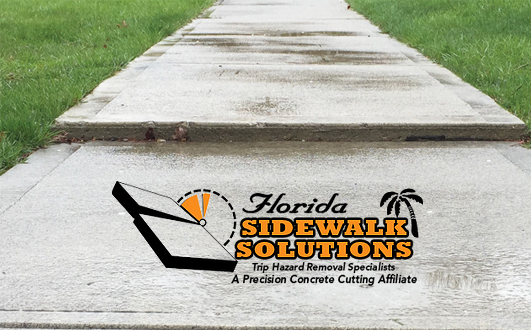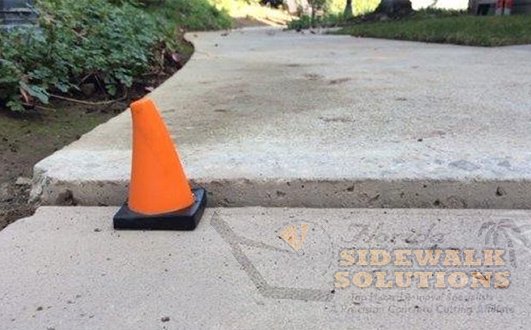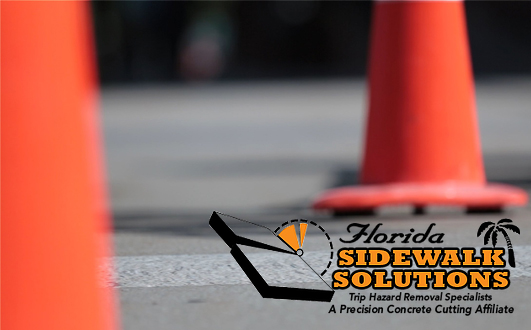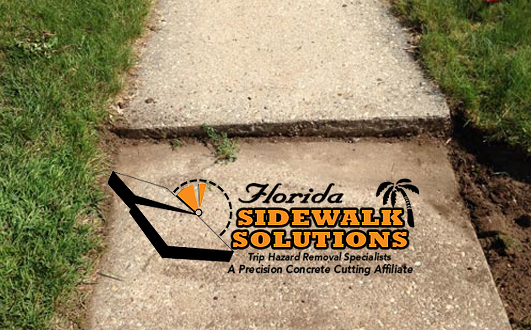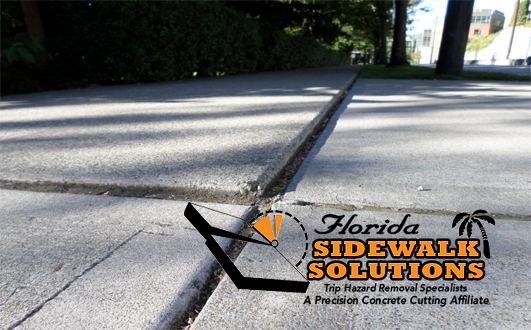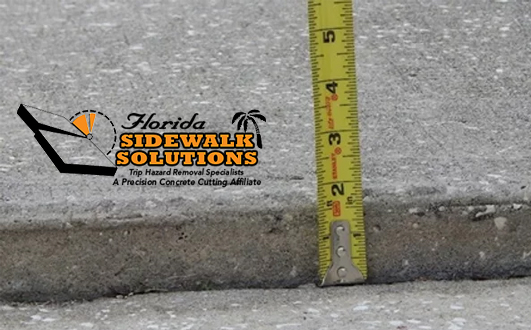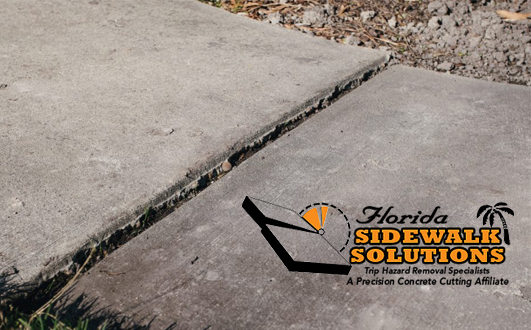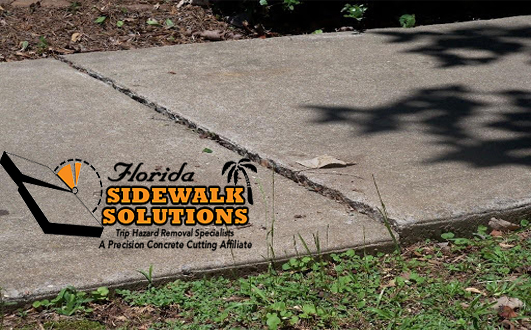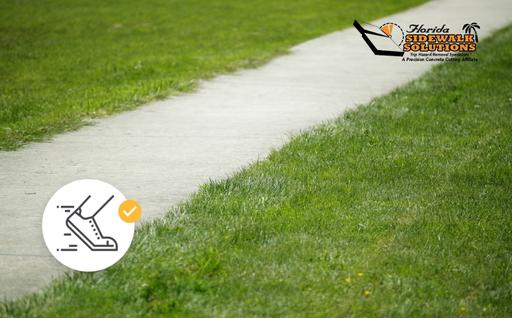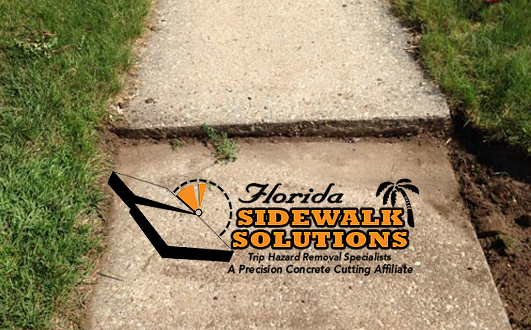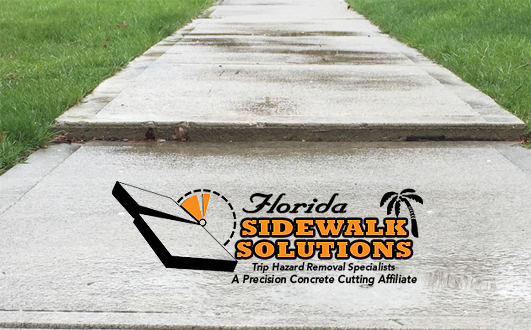How to be ADA Compliant
We here at Florida Sidewalk solutions wanted to take the time to explain within this article, How to be ADA compliant. ADA stands for The Americans with Disabilities Act. This legislation was made into law in the year 1990. The ADA is a list of criteria that needs to be met to ensure traversing a sidewalk, or walkway is accessible and safe for the disabled or impaired. When your sidewalks or walkways fall out of ADA compliance, most of the time this is due to Trip Hazards that will eventually occur over time in even the most well-designed concrete side-walk or walkway. It is the responsibility of the property owner to maintain ADA compliance and address trip hazards to have them removed. this is done in order to avoid fines as a property owner and to prevent injury to the disabled. Property Owners should be aware of the following Trip Hazard Compliance criteria:
How to be ADA Compliant, the Criteria:
- Width:
Sidewalks have to be a bare minimum width of 3 feet – or 36 inches wide. It can be larger, and in fact, is encouraged to be. This is because if it is less than 5 feet – or 60 inches- wide it will require additional passing spaces at least every 200 feet to allow pedestrians to safely move around each other.
Sidewalk width requirements are especially important for wheelchair-bound individuals. For ADA compliance, the minimum sidewalk width is 36 inches (3 feet), though sidewalks can be wider. - Texture:
Sidewalks cannot be so smooth as to totally avoid friction or be prone to slippage. They also cannot have obtuse cracks that result in trip hazards. - No Trip Hazards
For a multitude of reasons, your sidewalks will eventually find their way into having trip hazards. The land underneath the sidewalks becomes uneven as well as other factors like damages, erosion, weather, etc. If this height difference exists, it has to be taken care of with a repair before an issue occurs resulting in injury and liability on part of the property owner. - Slope:
A sidewalk Cannot Have a slope ratio of greater than 1:20 at any point or it is considered a ramp- which has its own set of rules. - Curbs:
Curb Ramps are required to safely lead into any sidewalk from areas like intersections. The ramps must be at least 3 feet wide and have a slope less than 1:12.
Replacing your sidewalk is one solution to ridding trip hazards, but really isn’t the fastest or most cost-effective way to do so. Florida sidewalk solutions offer sidewalk and walkway repair, leveling, and smoothing to get you back into ADA compliance, ASAP.
Call us: 954-514-7218
Related Media: Affordable Sidewalk Repair, Done Right
Follow us on social media: Facebook | Instagram | LinkedIn

